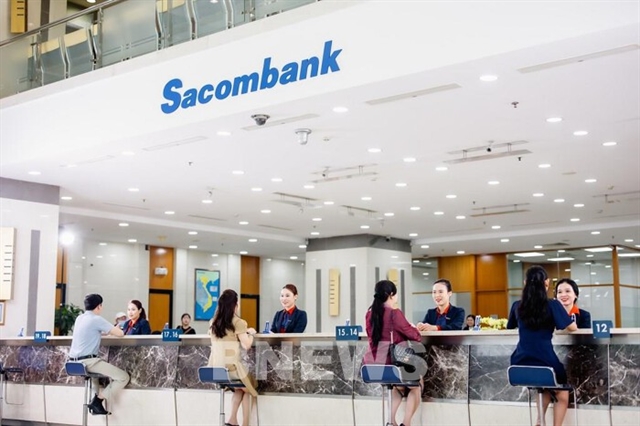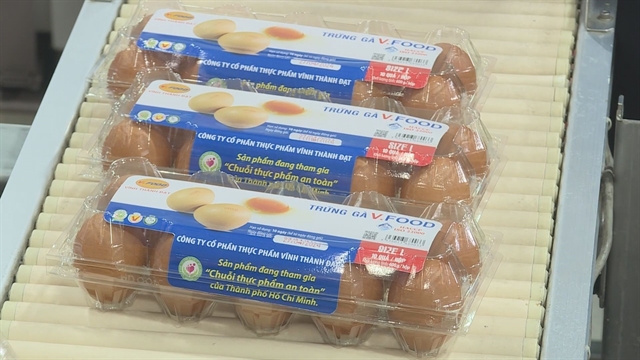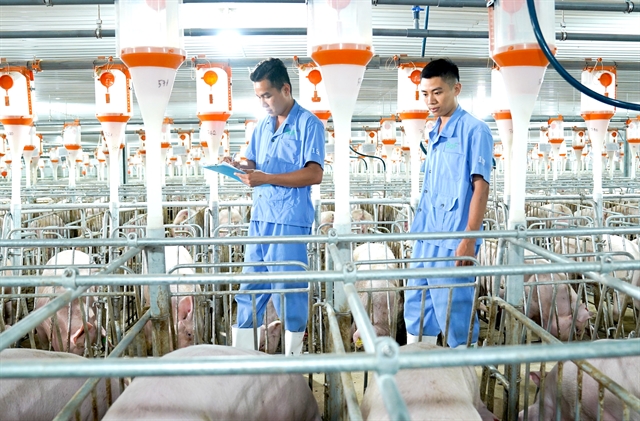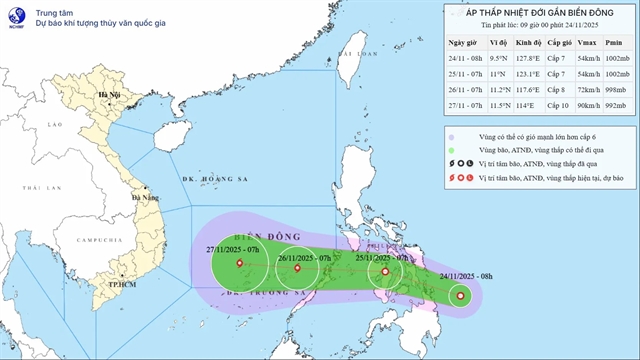 Economy
Economy

 |
| Poultry egg products participating in HCM City’s safe food supply chain are clearly marked with the programme’s official logo and the phrase “product participating in the safe food supply chain” on the packaging. — VNA/VNS Photo |
HCM CITY — After more than a decade of implementing a safe food supply chain programme, HCM City has made significant strides in promoting clean food production and raising public awareness about the issue.
But insiders say the city needs to offer more support to replicate successful models and eliminate unsafe foods from the market.
Launched in 2011, the programme has received positive feedback from the business community.
Trương Chí Thiện, director of Vĩnh Thành Đạt Food Corporation, said since joining the programme in 2017, his company's poultry egg products had earned greater consumer trust, thanks to clear food safety labelling through the official logo and the phrase “product participating in the safe food supply chain.”
The products are more easily accepted by supermarkets, given display priority and sales have increased by an average of 15 per cent annually, according to Đạt.
BAF Vietnam Agriculture JSC has successfully implemented a feed–farm–food model, enabling participation in the programme.
Its CEO, Bùi Hương Giang, said besides complying with existing standards, the company also constantly improved its entire livestock value chain, ensuring that consumers feel confident when holding a tray of its clean meat and can trace complete product information by scanning a code on the packaging.
But expanding the safe food supply chain remains difficult, particularly in the case of small businesses and cooperatives, many of which struggle to meet the technical requirements.
Lâm Ngọc Tuấn, director of Tuấn Ngọc Cooperative in Thủ Đức City, which produces clean hydroponic vegetables and has certification under the OCOP (One Commune One Product) programme, highlighted several challenges.
These include the need to invest in traceability systems, standardise production logkeeping, pay regular product testing costs, and ensure close coordination in all stages in the supply chain.
“Being part of the safe food supply chain is an opportunity for us to grow, enhance product value and build a clean vegetable brand. But we need guidance and support from authorities on registration procedures, testing costs and other requirements to fully meet the criteria for participating in the chain.”
Many businesses agree that compliance remains difficult, especially when partnering with smallholder farmers who usually lack consistent documentation or safe chemical usage practices.
 |
| BAF Vietnam’s pig breeding farm that applies the closed feed – farm – food value chain to enable comprehensive control over feed production materials, breeding stocks, hi-tech farms, meat production and processing as well as the distribution network to consumers’ hands. — VNA/VNS Photo |
As of May the city had 11 safe food chains that covered food items such as meat, eggs, vegetables, seafood, fruits, and fish sauce, with nearly 50 suppliers.
According to the city Department of Food Safety, the annual average output of these chains is relatively low at 3,760 tonnes of pork, 254 tonnes of beef, 7.9 tonnes of seafood, and 480,000 chicken eggs, accounting for a fraction of the total market.
A key barrier to expansion is the fragmented, small-scale nature of agricultural and food production, which hinders traceability and prolongs the assessment process.
But Phạm Khánh Phong Lan, the department’s director, stressed the importance of building a solid foundation: “If we don’t establish a systematic and standardised approach from the beginning, it will be difficult to manage effectively in future. The department remains proactive in connecting with 15 sourcing provinces and continues to carry out assessments of facilities, cooperatives and businesses in the most effective manner.”
It is working with local authorities to increase producers’ participation in the programme, explore digital applications for management, develop traceability databases, and build a unified data system for the entire chain.
It is also strengthening support and guidance for participating units to properly create and maintain documentation, currently one of the biggest challenges.
It will intensify promotion and sales of chain-certified products to raise consumer awareness of products, thereby boosting demand and attracting participation by more businesses. — VNS




